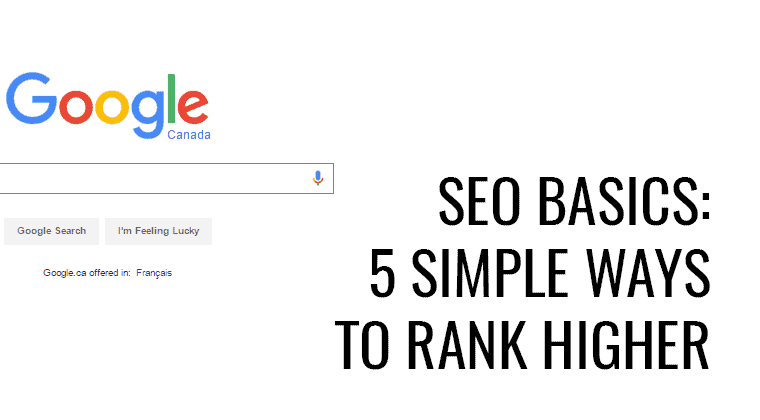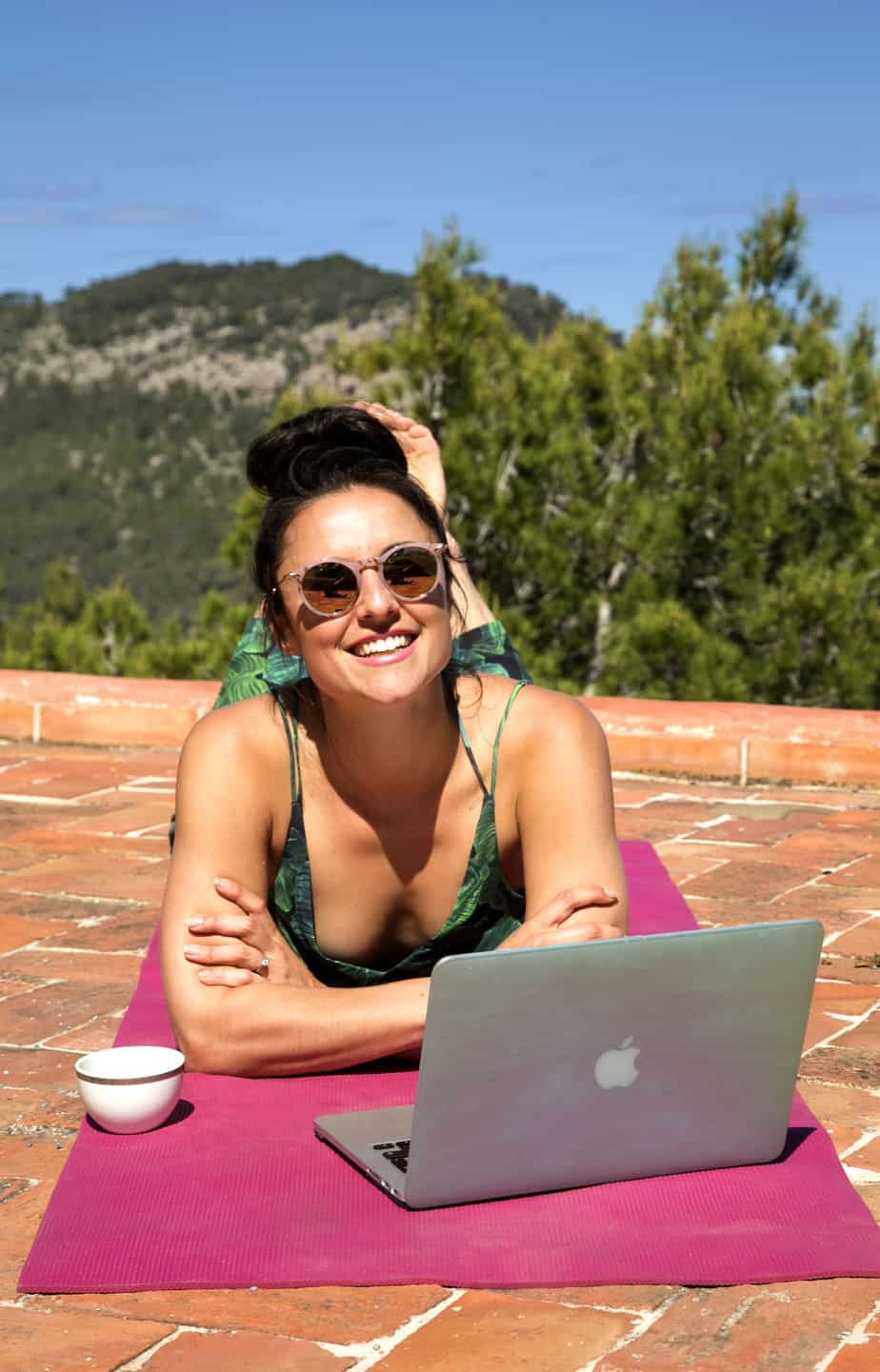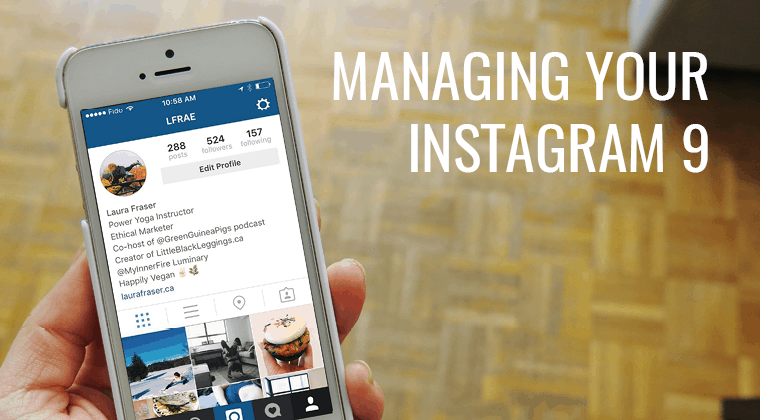
by Amanda Kingsmith | Nov 3, 2017 | Blog, Business
In his book 7 Habits of Highly Effective People , Steven Covey speaks of Sharpening the Saw.
, Steven Covey speaks of Sharpening the Saw.
“If you spend the whole day sawing away and yet never find time to actually sharpen your saw,” he says, “you are doing something fundamentally wrong”.
Sometimes, I still teach classes that feel uninspired — and often it’s because I’ve neglected to keep my saw sharp. Keeping your saw sharp is about preserving and enhancing your skills and assets. And, as teachers, there are so many ways we can invest in our own capabilities.
Here are 25 ideas for yoga teachers, wanting to sharpen the saw:
- Take another teacher’s class of the same style you teach.
- Take another teacher’s class of a totally different style.
- Practice on your own to a podcast. I practice to this one at home.
- Read Books, and then relate them to your classes. (I’ve found a lot of class inspiration from Thrive
 , Rising Strong
, Rising Strong , and even Spark Joy
, and even Spark Joy
- Sign up for a weekend training for assisting, children’s yoga, or acro-yoga.
- Listen to non-yoga podcasts. I love Ted Radio Hour for delivering multiple Ted Talk lessons in one show.
- Read blogs and websites like Yoga Journal for inspiration on sequencing or meditation.
- Pay attention to how your favourite YouTube and Instagram yogis are sequencing their asana.
- Keep a dedicated notebook full of flows and languaging that has landed with you.
- Learn something new about anatomy. In my highschool kinesiology class we used this awesome anatomy colouring book
 , and in my teacher training we read The Key Muscles of Yoga by Ray Long.
, and in my teacher training we read The Key Muscles of Yoga by Ray Long.
- Find a lecture on a yoga topic that interests you. For ideas, check out the Yoga Conference schedule (March 31st to April 3rd in Toronto).
- Set aside some time to actually revisit all the notes you took in teacher training.
- If you have the option, volunteer to help out with the teacher training you took.
- Practice to music.
- Practice in silence.
- Pick a pose and learn everything about it. Then teach it (This deck of cards features 50 poses and meditations to choose at random).
- Explore other Eastern practices like Tai Chi.
- Sweat it out at a core class.
- Ask for feedback after class (if you’re more comfortable, ask a friend or another teacher who was in the room). What landed? What didn’t?
- Practice other ways of being creative. Paint, draw, dance, handwrite, compose, play the piano. Start to see yourself as a creative being.
- Read traditional texts. This year, I commit to reading The Bhagavad Gita
 .
.
- Use journaling as an outlet.
- Go to a workshop and learn about all of the foundational elements that go into related postures (even if you already know how to do them).
- Meditate. If you’re new to meditation, try an app like Headspace.
- Try something out of your element, and remember what it’s like to be a new student again. Last week I tried Body Art and it was amazing (It’s taught regularly at MISFITSTUDIO and Equinox in Toronto).
How do you find ways to inspire your teaching? Share your saw sharpeners in the comments below.
Laura Fraser is a yoga teacher, digital media specialist & hand-lettering artist. You can learn more about Laura here.

by Amanda Kingsmith | Oct 27, 2017 | Blog, Business
No matter what kind of business you run, you want come up in Google searches that are relevant to you and what you do. Even if you are a yoga teacher working as an independent contractor, you will want your website to come up when a student or studio owner searches your name.
Search Engine Optimization (SEO) can sound intimidating, but it basically involves finding ways to appear higher up in the results on search engines like Google. Appearing higher up in a search means more traffic to your site, as more people are able to find you easily online. For a yoga teacher, this might mean making sure your website comes up when someone searches your name, or even if they are searching generically for a “yoga teacher in toronto”.
While SEO can become complex and requires some technical knowledge, every one of my recommendations below are things that you can accomplish today.
1. Link To Your Own Content
When it comes to how high up your website ranks, Google’s algorithm takes many things into consideration. One of those things is how many links there are to your content (including your own internal links, and other people’s external links to your site). You can of course increase the links to your site in a number of ways:
- Share links to your website on social media (in posts and in your bios)
- Link to your website from any other websites you own (where applicable)
- Link back to your old content when writing new content
2. Consider Keywords
What searches do you want to appear in? For me, I want my personal website to come up when people search things like “laura fraser yoga”. The idea is to now use those keywords throughout my site. Considering an individual page on my website, I want the title, the URL, the meta description (think: the two preview sentences that show up under a search result in Google), and the content of that page to all include the keyword “laura fraser yoga”, if possible. I really like the free WordPress Plugin Yoast SEO because it makes this process easy. After you install the plugin, you will be able to see something like this under your content when editing a post or a page. I usually start by choosing my Focus Keyword, and then by editing the Snippet that will appear on Google to include that keyword. Yoast will analyze your content and make recommendations for how you can improve your SEO. It even displays a traffic light ranking system of how strong your SEO is for a page or post.

3. Create Better URLs
You can set your WordPress settings so that the URLs for new pages and posts are automatically named after the title of each post. I like to keep my URLs clearly labelled. For example, littleblackleggings.ca/seo-basics will perform stronger in searches than a string of letters and numbers, and includes important keywords for this post. Note: If you are going to update the URLs for old posts, make sure to update any links that you may currently have pointing to that page to the new URL.

4. Make Use of Image Descriptions
When Google’s invisible “crawlers” scan your webpage for keywords, they are looking for text. They cannot “see” your pictures to know that they are about yoga, but there is a simple way for you to tell them. When adding an image to your posts, make use of the Alt Text section to type in a few keywords about your post. This will not be visible to your readers, but it will be picked up when Google is deciding how high to rank your page.

5. Go Mobile Optimized
When choosing a theme for your website, choose one that can also be viewed properly on mobile devices. Not only is it a better experience for your users, but Google will rank mobile optimized sites higher when someone is searching on a smartphone. When choosing a theme, look for words like “mobile optimized”, “reponsive”, or “dynamic”. It might mean saying goodbye to a theme you love for desktop, but as mobile searches grow, you will want to rank for people on the go too.
Laura Fraser is a yoga teacher, digital media specialist & hand-lettering artist. You can learn more about Laura here.

by Amanda Kingsmith | Oct 19, 2017 | New Yoga Teacher, Show Notes
On today’s episode of the podcast, Dawn Mauricio is joining me from Montreal, Quebec to share her journey as a yoga and meditation teacher. Dawn came to yoga after a painful break up while she was working in marketing in a corporate setting. After having a really powerful healing experience through yoga, Dawn decided to do a yoga teacher training, and quickly became a teacher.
Dawn shares how she went from teaching upwards of 20 classes a week to teaching workshops, retreats, teacher trainings, and at festivals. We chat about her biggest learnings as a yoga teacher, how she has grown her yoga business, the power of a great mentor and cultivating relationships, and how professionalism can help you take your yoga career to the next level.
Enjoy!
(more…)

by Amanda Kingsmith | Oct 9, 2017 | Marketing & Branding, Show Notes
Kelly McHugh is the founder of Digital Yoga Academy and Good Yoga Life based out of the UK. She is a yoga teacher, a digital marketing expert, and a consultant for yoga teachers to help them grow their businesses.
Kelly fell in love with yoga a number of years ago, and within the first year of teaching decided to leave her corporate job to become a full-time yoga teacher.
On this episode, Kelly and I talk about the teaching community in the UK, the struggles that she found that yoga teachers were having with their yoga businesses, the importance of digital marketing and being online, and why yoga teachers need a mailing list and a newsletter. Kelly also gives tips for creating an effective email list and newsletter campaign that your students will love!
Enjoy!
Business Lessons from this Episode:
- It’s becoming more and more important to be online – have a website, have your schedule online, being able to be found online
- It can be overwhelming and scary to put yourself out there
- Surround yourself with communities of yoga teachers
- Spend time to understand and learn about the different marketing platforms
- You don’t need to be on every single social media platform! Choose a few based on where your target market / audience / ideal students are and focus on that.
- If there is one thing to tackle, it is an email list and newsletter.
- It’s a privilege to be able to be in someone’s inbox and it’s the ability to create long-lasting relationships with your audience.
- The key with newsletter marketing is to get people to open up your emails.
- The people who come to your classes are your ideal subscribers. They already know and love you and would be interested in your other offerings.
- It’s easier to write a newsletter when you know the person who is going to receive it.
- Authenticity is key to a good newsletter!
- You can connect email lists through forms on your websites – they can be embedded into blog posts, they can pop up, and / or you can have a tab.
- Encourage your students in class to sign up for your mailing list
- Offer an incentive to encourage people to sign up! Make sure your incentive is relative to the student / your niche.
- Consistently offer value to your students
- Use Mailchimp for your mailing list
- Set up an automated welcome email that will engage your students
- Choose a schedule that you can stick to – weekly, bi-weekly or monthly
- Have conversations with your regular students to see what they are interested in learning about from you and what offerings they are curious to learn about.
- Creating an effective newsletter can be a lot of trial and error to see what people respond to and what they are interested in. You can check your MailChimp stats to find out more about this!
- Use Survey Monkey to find out what people are interested in.
- Have a goal when it comes to your newsletter and email list – how many email subscribers do yo want? What do you want to achieve?
- Share personal tidbits from your life. People love to read something that is very personal and that let’s them in on your life.
- An email list can convert people to your workshops and retreats and help you to cut down on marketing and advertising costs from other areas of your business.
- Treat your email list as a key part of your sales funnel.
- Create a two-way conversation between you and your email list subscribers.
- Put some time in your calendar to plan ahead so you can keep up with your newsletter!
Connect with Kelly:
Digital Yoga Academy
Good Yoga Life
This episode of the podcast is brought to you by bookyogaretreats.com! I used bookyogaretreats to book my very first retreat and loved it. It’s a great platform for people who want to book a retreat or training and for yoga teachers who want to lead a retreat. Check it out here!
I’ve also launched a private community on Facebook for yoga teachers who want to learn more about business. Join me here!







by Amanda Kingsmith | Oct 6, 2017 | Blog, Business
The whole is sometimes greater than the sum of its parts.
Your Instagram account is one of those instances.
If you are using your Instagram account as a branding tool (as an individual teacher, a yoga studio, a product, etc.), you need to be considering your account in terms of ones and nines.
This is because two types of people will see the photos you post on Instagram.
- Your current followers will see the individual photos you post as they scroll through their feed.
- New visitors (potential followers, and potential customers) will see your photo grid when they arrive on your profile.
This means:
- Individual photos need to look nice
- Your nine most recent photos need to look nice, and work together to tell a story about who you are (this number may be more, depending on how far down interested visitors scroll)
5 Rules for Having a Strong Instagram Nine
Keep it consistent: If you use filters, use similar filters on all images. If you are adding text to your images, use the same font as much as possible.
Rotate your images: Make sure your most recent photos reflect a well-rounded version of what you want to showcase. If your brand is all about yoga and vegan food, try to rotate what you’re posting so that visitors see a mix of both.
Choose images that reflect your brand: The easiest way to achieve this will be to use your own photos, rather than re-posting something that someone else made.
Notice how your images look next to each other: Choose to arrange your photos in a way that complement each other, rather than detract from each other. Posting grainy images will bring the overall quality of your feed down, even when positioned next to high-resolution photos.
Showcase your product: If you sell mats, your recent photos should include images of your mats.
What it looks like to have a strong nine:



@MyInnerFire
All of the images in the Inner Fire feed evoke the same mood. They use the same funky font consistently throughout their promotional graphics, and their apparel is showcased front-and-centre. Also, without saying it, they’ve positioned themselves as a brand for getting outdoors.*
@YogaTreeStudios
I love how bold this account is. Their font is bold. Their poses are bold. Their photos are taken inside, presumably at their multiple studio locations, and they’ve included their logo in the top left corner of several of their images.
@MisfitStudio
Every photo in this feed is in black and white, just like their website. Each image exudes confidence, strength, and motion. They have used the same font for all text, including their class schedule.
Notice how all three side-by-side have used the same principles to create completely different brands, even though they are all yoga businesses. Each photo works alone, complements those around it, and gives you a sense of the personality behind each company.
Laura Fraser is a yoga teacher, digital media specialist & hand lettering artist. You can learn more about her here.

, Steven Covey speaks of Sharpening the Saw.
, Rising Strong
, and even Spark Joy
, and in my teacher training we read The Key Muscles of Yoga by Ray Long.
.
















